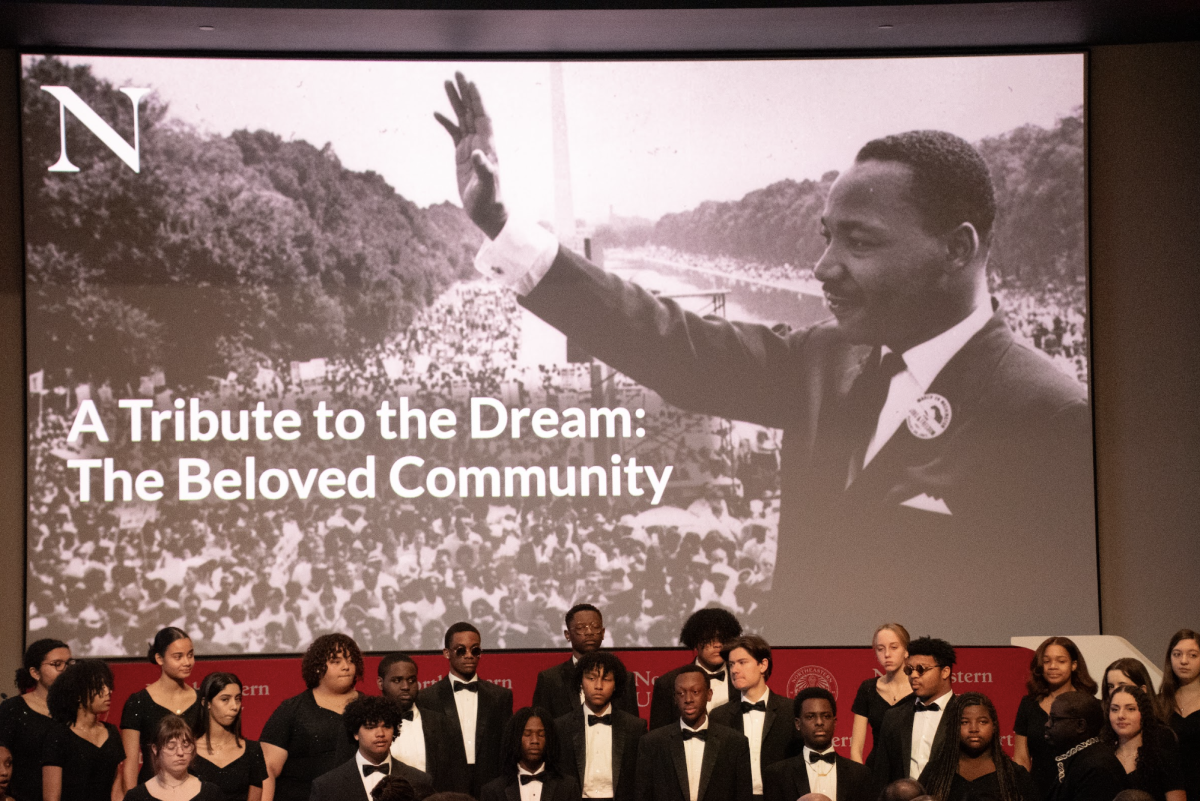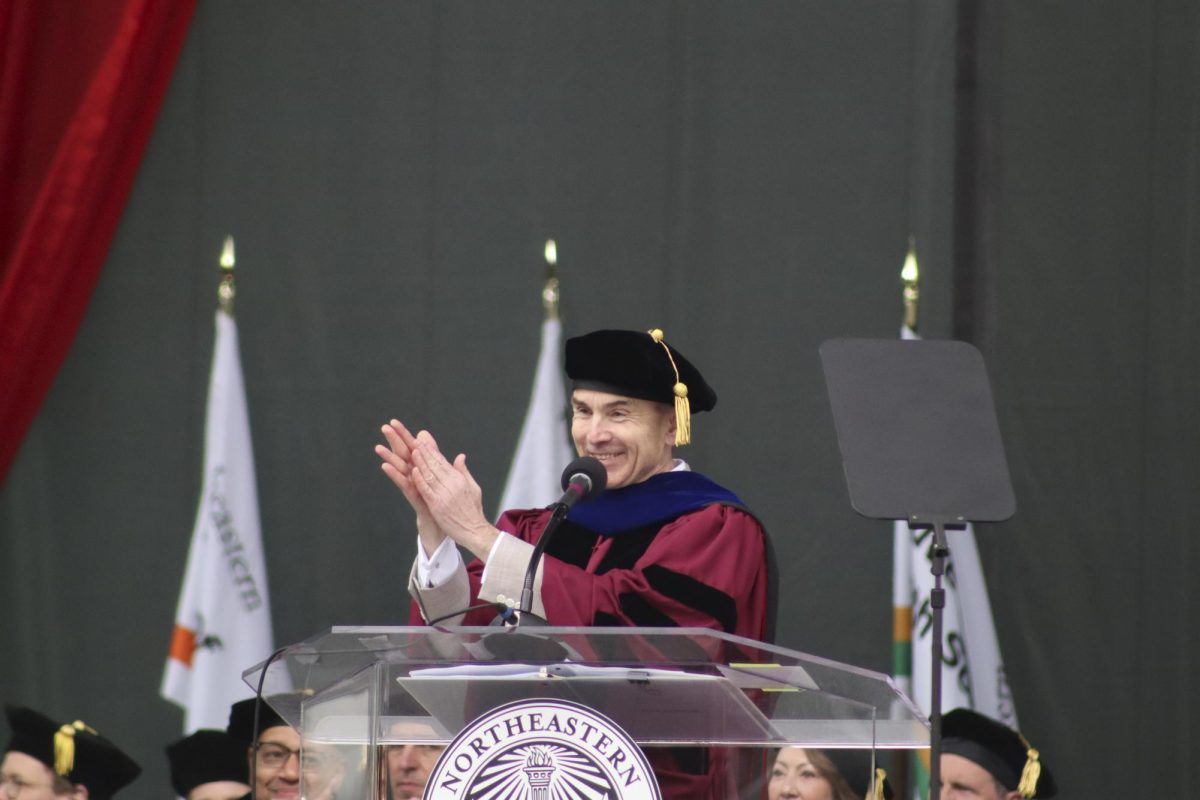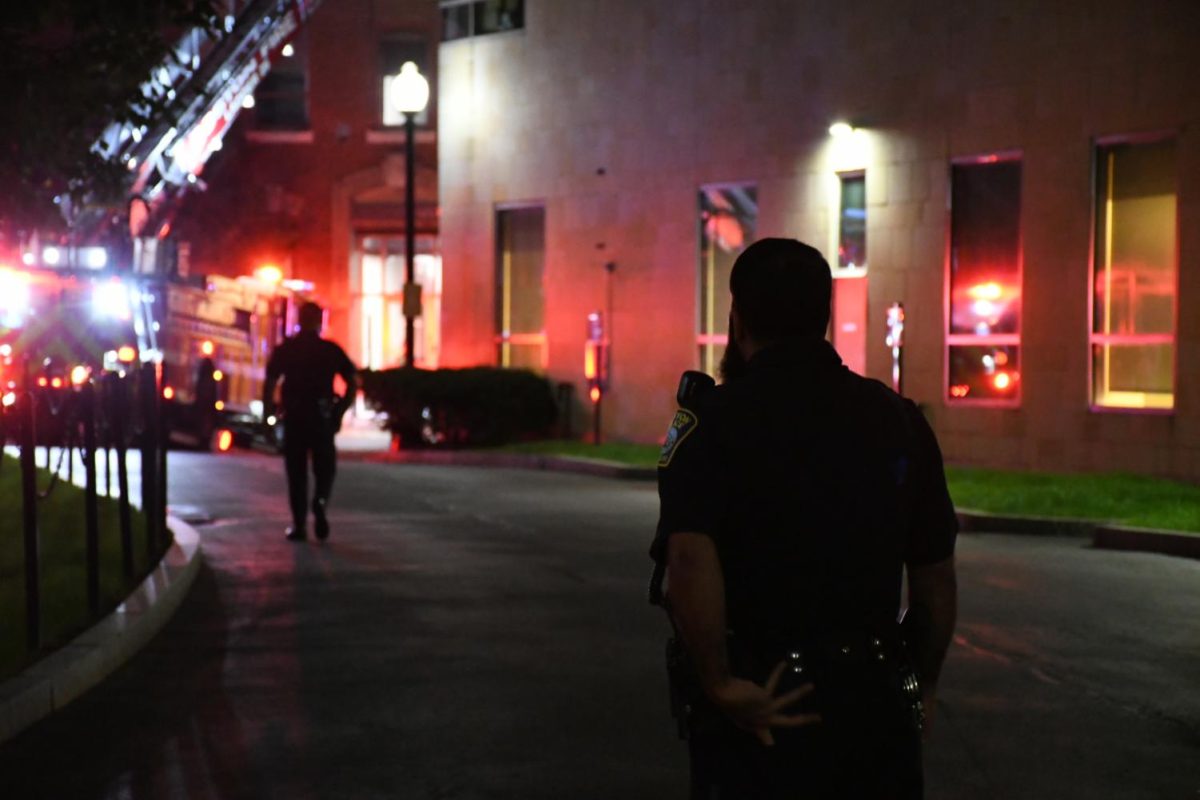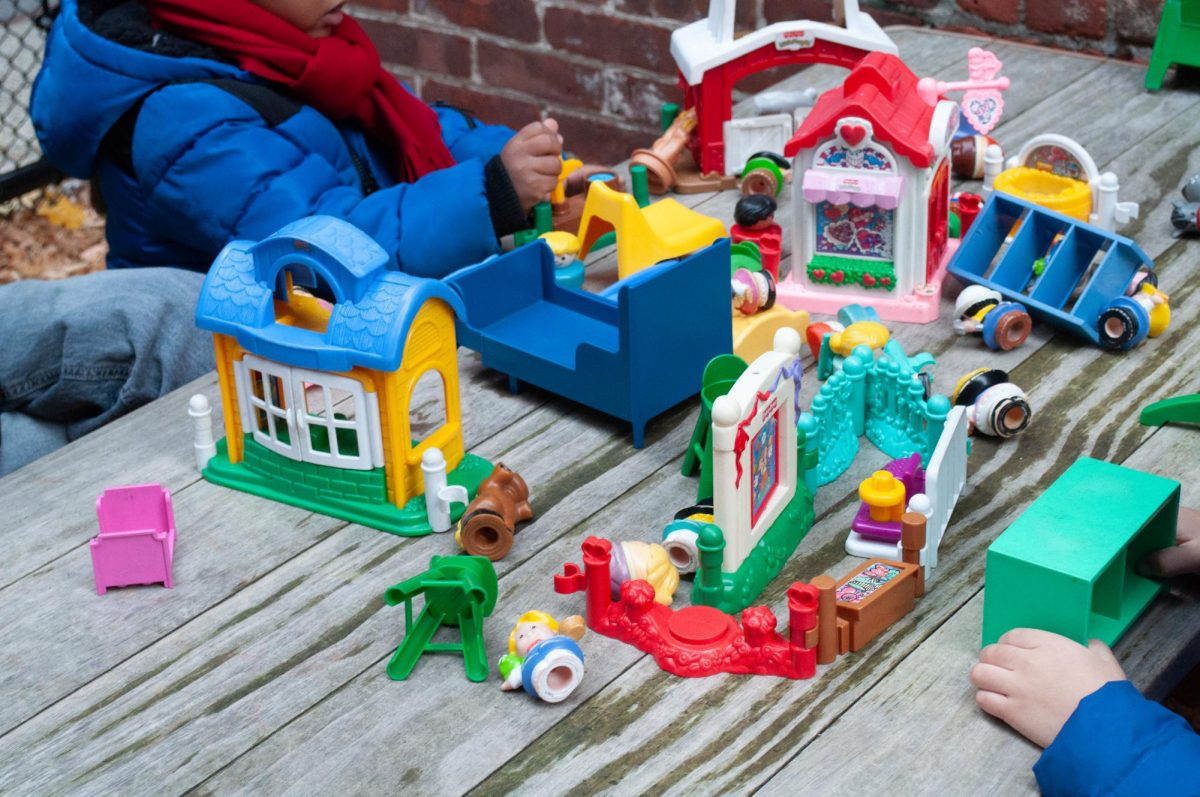By Jason Woods, News Staff
Students may not be aware of the Northeastern Ballroom Dance Club (NUBDC), but the club will forgive you, and then teach you how to dance up a storm.
NUBDC members said are working to get the club’s name out there so’ more people will be aware of it and the minimal commitment involved.
‘We have people that come every week, and we have people that come once in a long while,’ said Sarah Cushing, a middler architecture major.
According to NUBDC president Xerxes Kapadia, a middler physical therapy major , the club had about 35 members who frequented on a week-to-week basis last year. However, many members did not come as frequently, with more than 100 people attending a meeting at some point throughout the year. Kapadia said his goal is to increase awareness of the club, the perceptions of the club, and ultimately increase membership.
‘This year we’re really trying to reinvent ourselves, because the club is changing,’ Kapadia said.
Kapadia said as the executive board has changed over the years, so has the club and its goals.
‘We used to be really competition-based,” Kapadia said. ‘But we’ve become more of a social-based club. We’ve had a lot of administrative changes in recent years, and that’s changed the club’s direction a lot from what it was.’
Kapadia said he believes the club to be the best social medium on campus.
Cushing echoed Kapadia’s sentiment.
‘I met so many people through ballroom, people I normally wouldn’t have met,’ she said. ‘All different people like to dance.’
Kapadia, Cushing, and Connie Cheng, a middler pharmacy major and the social events coordinator for NUBDC, participated in a roundtable interview for The News.
‘The three of us, an architecture major, a pharmacy major and a physical therapy major, you wouldn’t normally put us together, but the club brings different people together,’ Kapadia said. ‘That’s the direction the club is moving, an opportunity to be much more socially oriented, a direction I’m really pushing under my administration.’
Each year the club goes through what Kapadia called a dance syllabus, a sort of routine for the club and a guide for the dances they teach.
‘We go through the American steps, and then the international steps, six or seven dances that we really focus on,’ he said.
Kapadia said each year the club teaches beginner friendly swing, chacha, rumba, foxtrot, and the traditional waltz. The club also features salsa and the hustle for social events.
‘We’ve done the same lesson plan every year for the past few years, but we want to start pulling in more dances,’ Kapadia said. ‘We want to start dances we’re not necessarily comfortable with, that generate interest [from the members].’
Cheng said that a common misconception amongst the uninitiated is a fear that learning new dances will be too difficult or that the club may be about competitive dancing.
‘A lot of people worry that it’s going to be too hard,’ Cheng said. ‘But we’ve been doing this, it’s not that hard, and we’re here to help.’
Members of the club who have been participating longer, including the executive board, help instruct newer members and beginners on dancers. The club also intermittently brings in professional instructors.
The club has no membership dues for non-competitive members. It relies on the student activity fee to fund the instructors brought in.
‘We try to bring in at least three instructors a semester,’ Cheng said ‘We have two instructors coming in for dance camp. One instructor is , while the other was a member’s high school dance instructor, so we get in touch with these instructors in a lot of different ways.’
Cheng said that occasionally professional instructors reach out to the club on their own, finding the group via Facebook or through other means
For students who choose to compete, dues are $15 per semester for undergraduates, and $45 a year for graduate students.
Of last year’s 35 consistent members, seven chose to compete. This year, Kapadia said he hopes more students will attend and compete.
‘My goal is to increase our membership to about 60 to 75 members this year,’ he said.
At the first meeting of the semester, Monday, Sept. 7, nearly 100 students attended the club’s beginner salsa lesson.
‘We almost advertised too well,’ said Kapadia of the turnout.
From Sept. 14 through 18, NUBDC will be hosting ‘Dance Camp 2009.’ The club will invite two professional instructors, Kelley Walsh and Fitz Gerald St. Hilaire of Burlington Ballroom, who will be teaching students beginner swing on Monday, beginner American cha-cha on Tuesday, and beginner tango on Thursday. Friday evening the club will have an open floor, allowing students the opportunity for free dance.
‘Swing is a lot of fun,’ Cushing said. ‘It’s not that hard and it doesn’t take too long to learn, so people can learn the basic steps and start dancing right away. It’s really one of the [more accessible] dances for beginners.’
The competitive members of the club will participate in the first competition of the season Oct. 25. Harvard will host its 17th Annual Beginner’s Competition.
In November, the club will co-host a swing/salsa event with Caliente, an on-campus Latin dance group on campus.
What the club members want people to know most is that NUBDC has a relaxed environment.
‘We hear that a lot of people wonder what to wear, should I bring a partner, what kind of shoes do I need,’ Cheng said. ‘But it’s really relaxed, so just come and have fun.’
The Northeastern Ballroom Dance Club meets every Monday from 7:30 to 9 p.m. in the Ballroom of the Curry Student Center. For more information, contact Connie Cheng at [email protected]
‘








